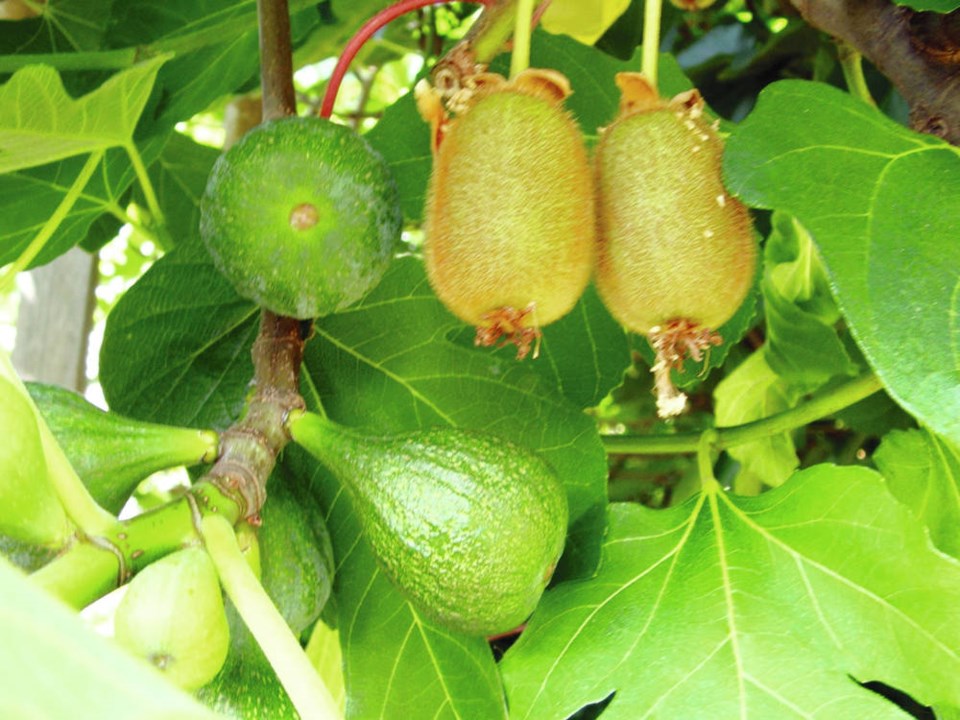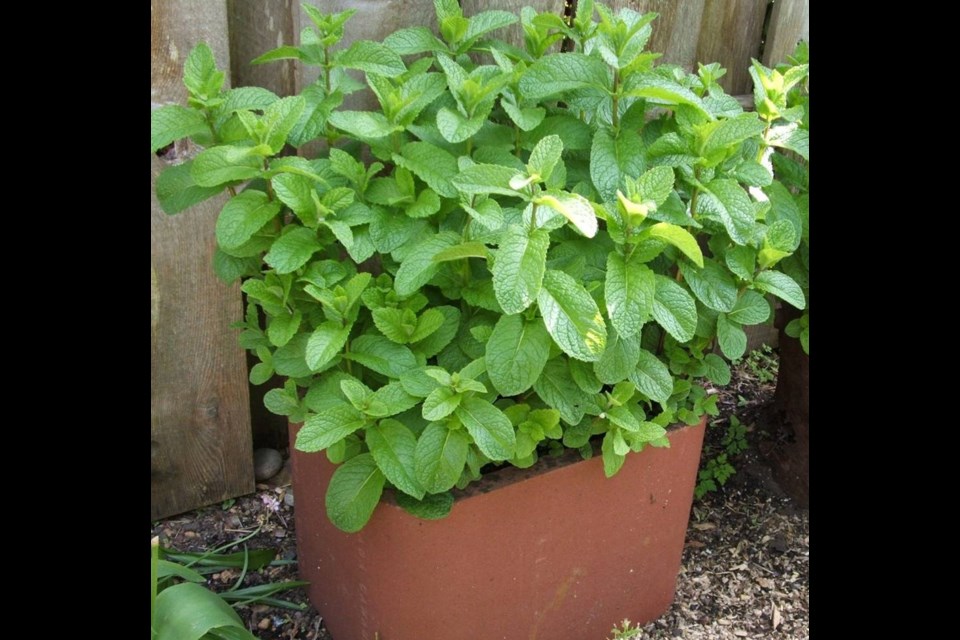Dear Helen: My mint patch has failed. The leaves became marred by brown spots and discoloured patches.
I drink mint tea often and use the leaves liberally in cooking. The only garden space I have for mint is a tiny plot in my seniors’ village. Must I destroy and replace the planting?
S.P.
It probably would be for the best. I’m presuming the disorder appeared in the spring or summer, and not just recently.
There are a number of fungal infections that can affect mint, especially peppermint and spearmint.
Small brown spots on leaf undersides, along with discoloured patches, are characteristics of rust, a fungal disease. The cool, wet spring and early summer may have set the planting up for a rust infection, which typically takes hold and spreads in damp, crowded conditions.
If I were you, I’d dig out and dispose of the planting now, and clean up the plot surface and surrounding area. Then, you will have the opportunity to grow an abundance of fresh mint and, at the same time, free up your small plot for other things.
Mint does well contained in bottomless containers set on the ground. My two spearmint plantings grow in brick chimney flue liners, but pots and buckets, ideally at least 25 cm wide, with their bases removed, would do as well.
My plantings have resided in the same two confines for many years. Early in the spring I pry out some of the roots to relieve congestion and then top up the soil with a fresh, nourishing compost or planting mix.
If I used mint on a closer to daily basis, I’d add another bottomless container or two in order to have a constant supply of the fresh leaves.
For the replanting, purchase pots of spearmint (my favourite) or other preferred mint at a garden centre, to be sure of acquiring disease-free plants. Ensure good air circulation in and around the plants by keeping them thinned as you harvest stems, and water at ground level to keep the foliage dry. If you must water overhead, do it in the morning to allow the foliage to dry before nightfall. Avoid over-watering.

Dear Helen: Early in the month I noticed the leaves shrivelling while they were still attached to my fig tree. I’ve never seen this before. Could something be amiss with the tree?
S.L.
Fig leaves commonly drop from the tree while they are still green, as the chill of late autumn signals the tree to go dormant. The leaves then dry, curl, and shrivel on the ground.
The most probable cause of premature leaf shrivelling is dry soil. I know that sounds absurd in our wet fall and winter climate, but I’ve been surprised recently to find the soil in parts of my garden quite dry under the surface.
With the first early autumn rains, most of us breathe a sigh of relief and let up on the sometimes tedious task of keeping everything well watered, but my records of the past few months indicate that, apart from a few heavy rains, at least up to mid-month, there has actually not been a generous amount of rainfall. And in light-textured, well-aerated soils, moisture is lost rapidly.
Dear Helen: A few years ago, I found a lovely gladiolus blooming in some bushes near a sidewalk.
Not wanting to leave it there to get trampled, I moved it to a sunny, protected spot in my garden. In the first week of this month, I noticed it had produced a strong flower stem with five buds, which opened into blooms when I cut the stem and put it in water in the house. Can you explain the odd flowering time?
R.R.
It could have something to do with the time of planting. The usual planting time for the corms is spring. Summer planting could have set the usual growth and bloom cycle off course. With time, it should settle in to align itself with the natural life pattern of its kind.
Though gladioli are summer blooming, there are early, mid-season, and late summer flowering varieties — not so late as November, but late in the summer.
Gladiolus corms, depending on the location’s micro-climate and soil conditions, do over-winter well in the ground in our coastal climate.



